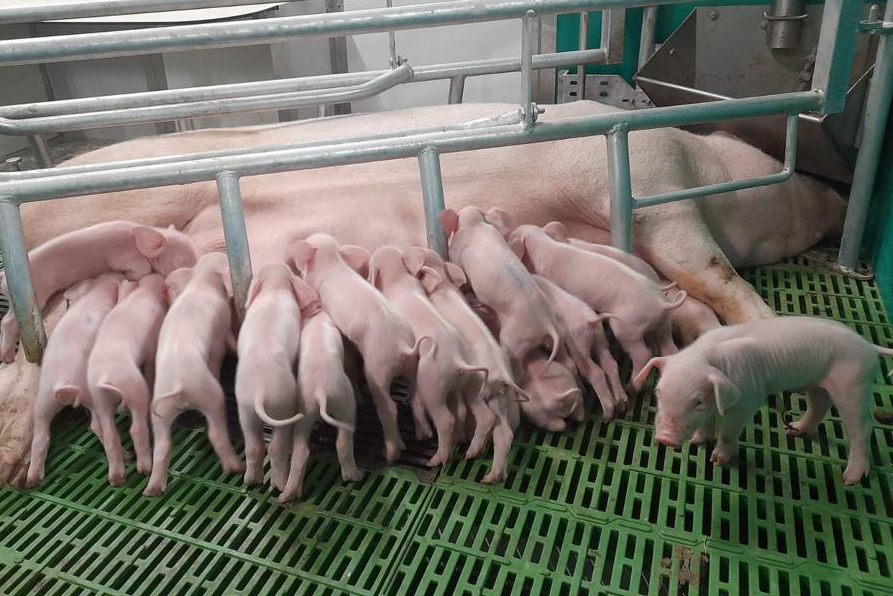Reproductive success is a critical aspect of pig production that directly influences the overall profitability and sustainability of a swine operation. Efficient breeding and successful rebreeding are essential for maintaining consistent and robust piglet production.
What is Reproductive Success?
It’s the ability of the gilt/sow to get pregnant and produce a litter in a timely manner. By improving reproductive success, we can increase the probability of retention in the herd whilst increasing throughput and profitability.
Most farms encounter challenges with rebreeding in second litters also known as Second Litter Syndrome (SLS).
What is Second Litter Syndrome (SLS)?
Second Litter Syndrome (SLS) refers to a reduction in reproductive performance during a sow’s second litter, as compared to her first. It is characterized by lower fertility rates, litter size, decreased piglet survival rates, compromised sow health and increased Wean to Fertile Service Interval (WFSI). Sows with SLS on average also have a lower performance in later parities and increased chances of early culling. Repeat breeders in second parity are on average culled 2 parities earlier compared to non-repeat breeders.
What Causes Second Litter Syndrome and poor rebreeding?
Feed intake during the first lactation in some cases cannot cover the energy demand for maintenance, milk production, growth, and reproduction. Using energy for reproductive means is a luxury – if an animal cannot cover their basic energy requirements the body will shut down the reproductive cycle as a mechanism to keep herself alive.
However, there is more to that, reduced feed intake in lactation is a consequence of:
- Gilt Management
- Weight and Age at first service.
- Feeding regime
- Gilt pool utilisation
- Selection rate
- Low standard gilt entered to the herd.
- Herd immunisation programme.
- Body condition management during first gestation.
- Genetic Selection
Table 1: Impact of body weight during lactation, a consequence of feeding during pregnancy.
| Body weight loss (%) | Change in WSI (days) | Farrowing Rate reduction (%) | Subsequent litter reduction (pigs) | Opportunity loss per sow per year[1] |
|---|---|---|---|---|
| 10 to 20% | +1.36 | -11% | -1.82 | £174.19 |
| >20% | +4.84 | -17% | -2.52 | £237.76 |
Financial Impact
A normal mitigation strategy is to skip a heat. This not only occupies space but sometimes can even include hormonal treatments. For an 1,100-sow farm in the UK skipping a heat of 1/3 of second parities will represent an increase of 3.5 non-productive days per sow which equates to £5,698 for facilities, labour and feed. This is the value of almost 115 weaned pigs or 20% of the production of one week reduced. In some cases, this is taken to an extreme, a gilt needs to be synchronised with a cost of £48.7 per gilt that we skip a heat or we cannot re breed. This is equivalent to the cost of one weaned pig.
Genetic Selection
At PIC we are at the forefront of novel trait development, and we are always selecting for total systems efficiency. We know that reproductive failure is one of the top three main causes of sow removal.

For the past years we have been working on an historical first across the industry built to improve sow longevity, performance, and reproductive success. Since July 2023 we have included in our maternal index the probability of retention and rebreeding through parity 2 focusing on minimising reproductive removal. With advanced data and modelling the heritability and selection is like litter size. This is measured not only at the nucleus level, but also, at commercial – diseased challenge farms- which are part of our maternal GNX programme.
[1] Assumptions to calculate opportunity loss:
Piglet conversion 85%, piglet price £52.50, NPD costs £1.52, litters/sow/year (regular) 2.35




